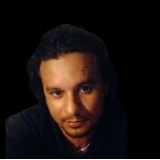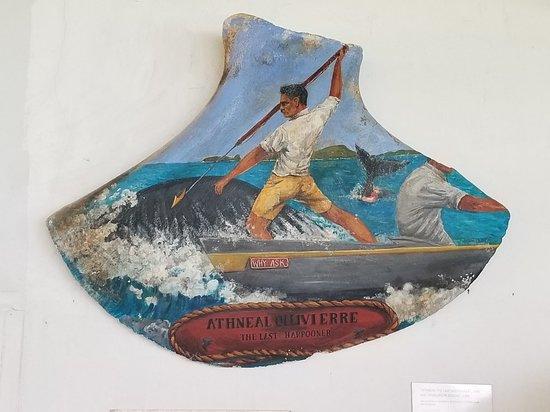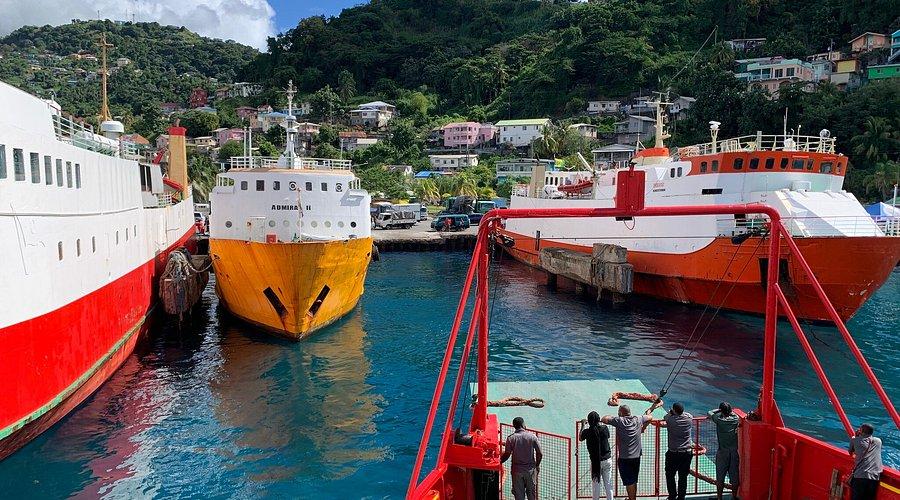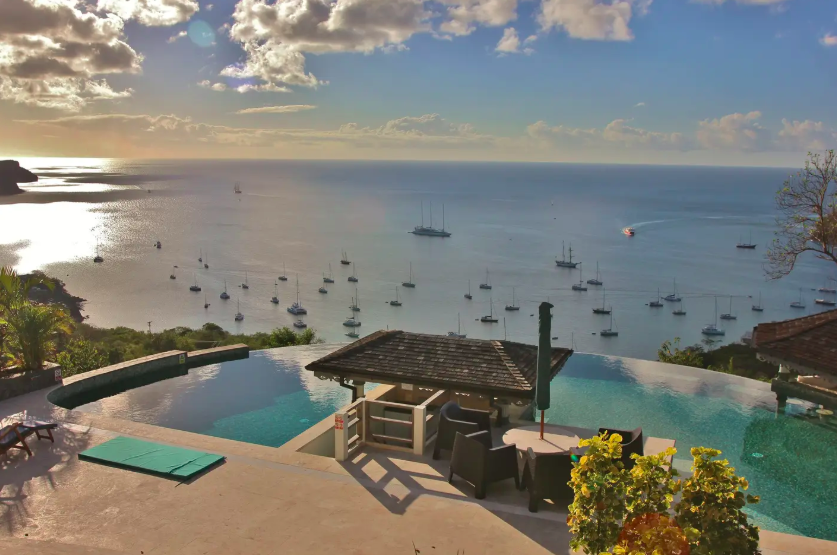This glossary helps visitors understand Bequia's unique whaling heritage - a practice balancing cultural preservation with modern conservation concerns. The island remains one of only four places worldwide where limited indigenous whaling is permitted.
A - C
Aboriginal Whaling
The limited, strictly-regulated traditional whaling permitted to Bequia by the IWC (International Whaling Commission)
Bequia Whaling Museum
The small but fascinating museum in Paget Farm documenting the island's whaling history
Caribbean Humpbacks
The primary whale species traditionally hunted in Bequia's waters (now protected)
D - H
Double-Ender Boats
The traditional hand-built wooden whaling vessels still crafted on the island today
Four Whale Limit
The maximum annual catch allowed under current IWC regulations
Gladys' Café
The whaling museum's onsite eatery named after a famous local whaling family matriarch
I - P
Indigenous Rights
The special exemption allowing limited cultural whaling to continue
Joseph Ollivierre
Legendary Bequia harpooner whose descendants still participate in the tradition
Paget Farm
The historic whaling village where most crews still live and work
R - Z
Sacred Tradition
How many Vincentians view whaling - as an ancestral practice, not just hunting
Subsistence Hunting
The IWC classification allowing only local consumption (no commercial sale)
Turtle Hunting Link
How traditional whaling skills transferred to now-regulated turtle harvesting
Visitor Essentials
- "Cultural Sensitivity" - This remains a complex, emotional topic for islanders
- "Museum First" - Best place to learn before asking locals about the practice
- "Seasonal Activity" - Hunts only occur February-April if quota approved
Pro Tip: Visit during the annual Whaling Day Festival (April) to see traditional boat races and cultural displays.




